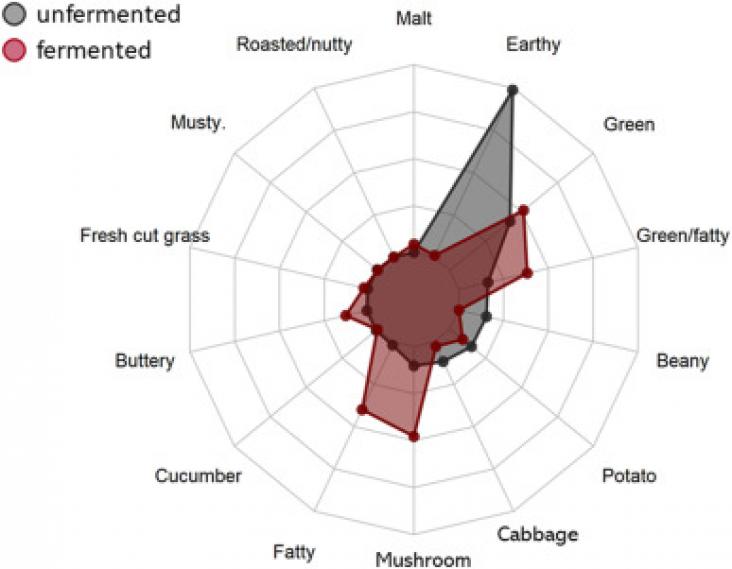Transportation is a basic social need, but most trips are done by private vehicles, which is not environmentally sustainable with growing urban populations.

Transport emissions play a large role in climate change. Unfortunately, measures to address this risk creating inequalities in access to mobility. This article proposes policy recommendations to reconcile these two problems.
Authors argue that 'we need a sustainability transformation of the digital transformation'. A long-term perspective is required to embed sustainability into the software engineering industry.
This paper examines a Native Hawaiian led effort to redress the removal of Indigenous Peoples from ancestral lands. This demonstration provides an important example of how biocultural strategies can achieve landscape restoration in Hawaiʻi. We outline how the Pu‘uwa‘awa‘a Community-Based Subsistence Forest Area is approaching common dryland restoration goals.
In this paper, the authors assess the impact of degrading air quality on modal shares and equivalent CO2 emissions per capita per trip for ten global cities using a scenario-based approach.
Background & aims: Recent experimental models and epidemiological studies suggest that specific environmental contaminants (ECs) contribute to the initiation and pathology of non-alcoholic fatty l
Elsevier,
Ecosystem-Based Adaptation: Approaches to Sustainable Management of Aquatic Resources, 2022, pp 39-104
This chapter advances SDG goal 13 by focusing on the drivers behind global warming and climate change.
Land use and land cover changes in the Jedeb and Chemoga watersheds have been detected in the past 29 years.
A Review in support of SDGs 3 and 12, focusing on the decrease in traditional food availability and the increase in food import dependence in small islands, discussing the resulting reduction in diet quality and food security and the increase in type 2 diabetes risk.

